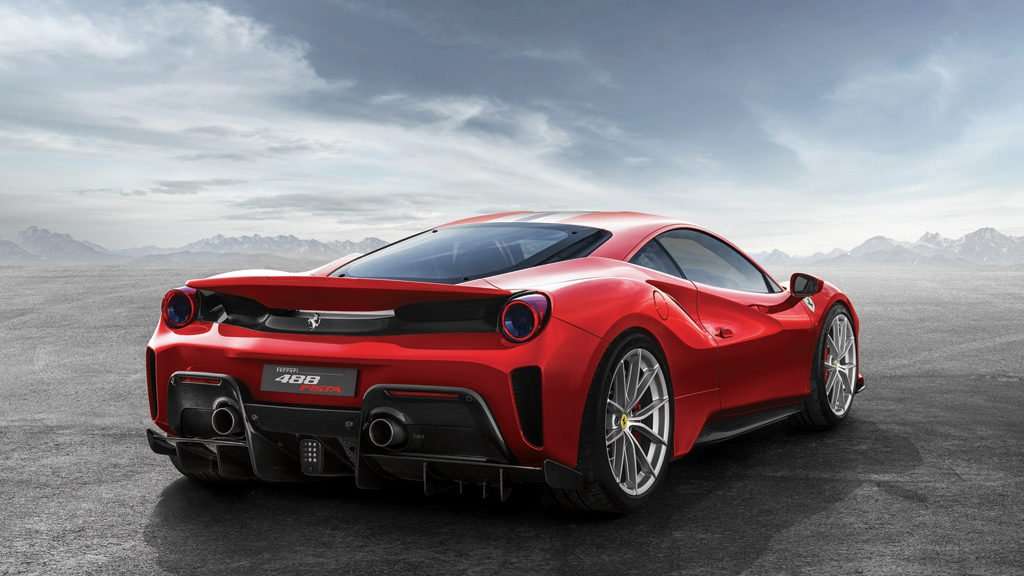IndyCar racing
Few spectacles in motorsport combine speed, precision, and strategy quite like IndyCar racing. Known for its exhilarating blend of oval circuits, road courses, and street tracks, this discipline has captured the imagination of fans across the globe. It is a sport where engineering brilliance meets human courage, producing moments of intensity that resonate far beyond the checkered flag.
The Origins of a IndyCar Motorsport Icon
The history of American open-wheel competition traces back more than a century. Its most famous event, the Indianapolis 500, has become a cultural touchstone as much as a sporting contest. The combination of daring drivers, innovative technology, and massive crowds forged a tradition unlike any other in the racing world. What began as a test of endurance and machinery has evolved into a finely tuned contest of fractions and milliseconds.
Cars Designed for Speed and Balance
Unlike traditional touring or stock cars, these machines are purpose-built for aerodynamic efficiency and blistering acceleration. Chassis design emphasizes both downforce and stability, while engines deliver horsepower sufficient to propel vehicles beyond 230 miles per hour. The balance between raw speed and nimble handling defines the category, ensuring that every lap requires both engineering mastery and driver finesse.
The Variety of IndyCar Tracks
One of the hallmarks of the series is its diversity of racing surfaces. Ovals showcase drafting and daring overtakes at staggering speeds. Road courses highlight technical skill through sharp corners and elevation changes. Meanwhile, temporary street circuits place competitors against unforgiving barriers, demanding absolute precision. This variation tests drivers in ways few other motorsport series can replicate, ensuring champions are both versatile and adaptable.
Strategy Behind the Scenes
Races are not decided by sheer speed alone. Strategy plays a decisive role in determining outcomes. Teams meticulously plan pit stops for fuel, tire changes, and mechanical adjustments. Decisions must balance risk and reward: pit too early, and momentum may falter; wait too long, and grip or fuel could vanish. Engineers and strategists communicate constantly with drivers, weaving a tactical battle that unfolds lap by lap.
The Role of the Driver
Skill behind the wheel is only part of the equation. Mental stamina, quick reflexes, and the ability to process split-second decisions separate great drivers from the rest. Navigating traffic at over 200 miles per hour requires a blend of aggression and restraint. The best competitors balance instinct with calculation, knowing when to attack and when to conserve energy and equipment.
Safety Innovations and Evolution
With high speeds come inevitable risks, but continuous innovation has reshaped safety standards. Modern cockpit protection, reinforced chassis structures, and advanced barrier systems have dramatically reduced severe injuries. The introduction of devices like the aeroscreen illustrates the ongoing commitment to driver welfare without compromising the thrill of the sport. Each technological advance underscores a shared understanding that the spectacle must endure without sacrificing human lives.
The IndyCar Fan Experience
Spectators play a pivotal role in defining the atmosphere. Grandstands filled with vibrant colors, roaring engines echoing across circuits, and the palpable tension of wheel-to-wheel duels create unforgettable experiences. Beyond the track, fans engage with the sport through digital platforms, behind-the-scenes content, and interactive features. This accessibility ensures that even those far from the circuits can feel part of the action.
Comparing to Other Motorsports
While comparisons with Formula One and NASCAR are inevitable, this discipline occupies its own unique niche. It merges the technical sophistication of European open-wheel competition with the bold, wheel-to-wheel action beloved by American audiences. The blend of road courses and ovals sets it apart, challenging drivers to adapt in ways that showcase a rare breadth of ability.
Looking Toward the Future
The sport continues to evolve with new technologies, shifting regulations, and a growing global audience. Sustainability initiatives, potential international expansion, and digital fan engagement are shaping its next chapter. Yet, despite modern advancements, the essence remains unchanged: speed, skill, and spectacle. It is this timeless blend that ensures the sport’s continued allure for generations to come.
Understanding this high-speed world requires more than an appreciation for fast cars. It is about history, innovation, human courage, and community. From the drama of the Indianapolis 500 to the strategy of pit lane, the sport offers layers of intrigue for newcomers and seasoned fans alike. It stands as a testament to the enduring power of competition—where every lap carries the possibility of triumph, heartbreak, or unforgettable glory.


.jpg?k=1924235ce9)
